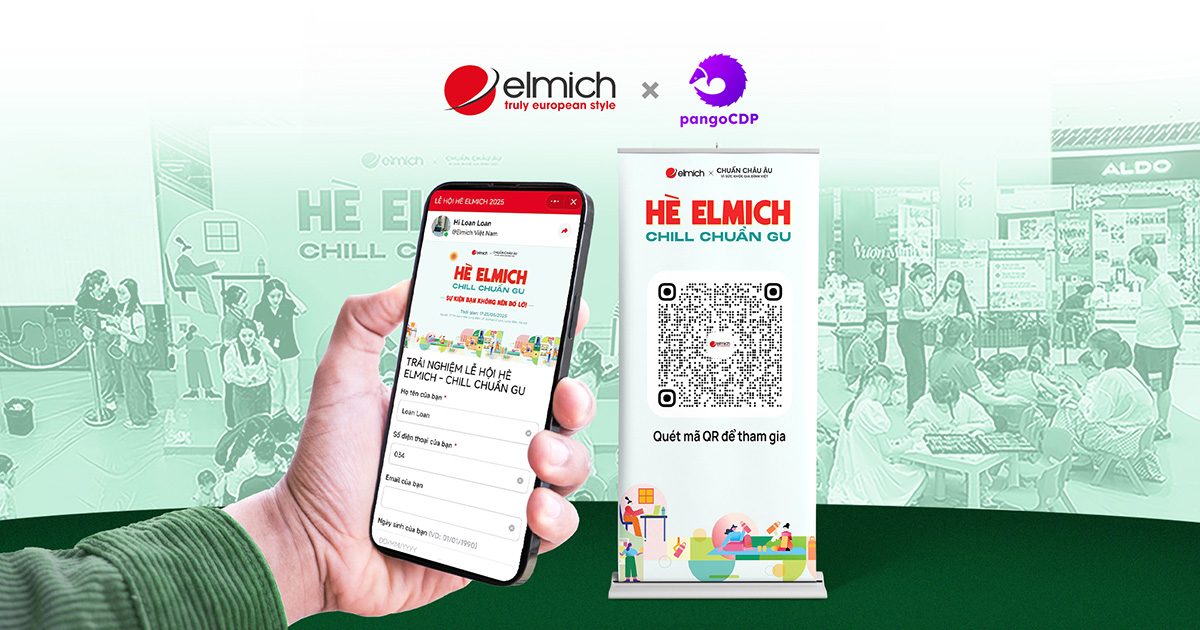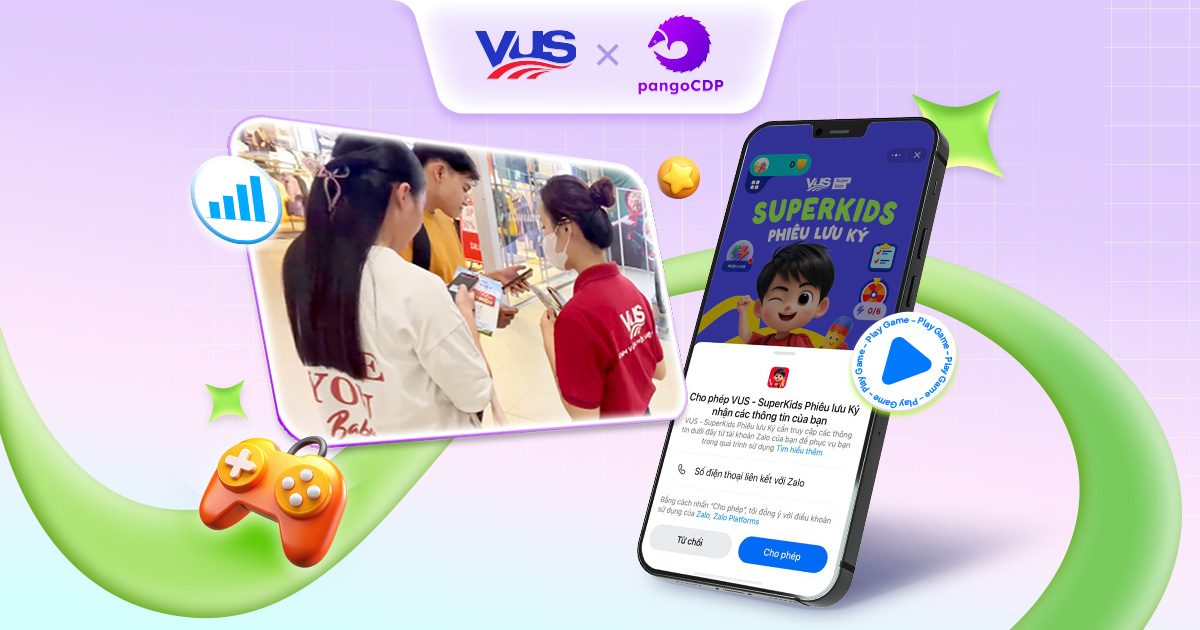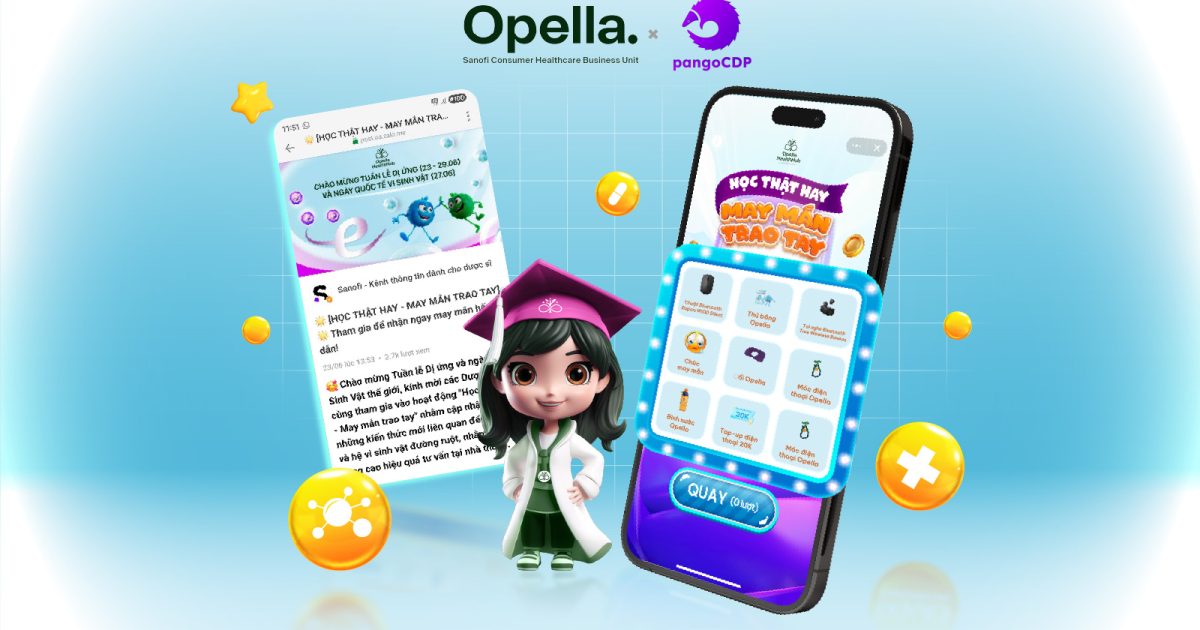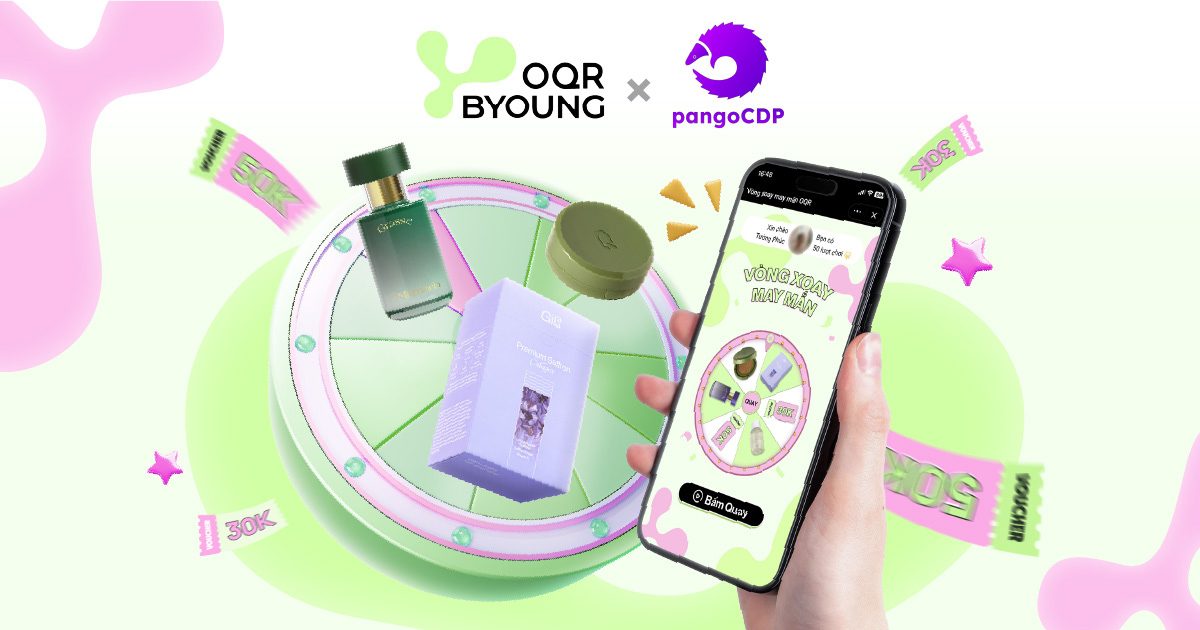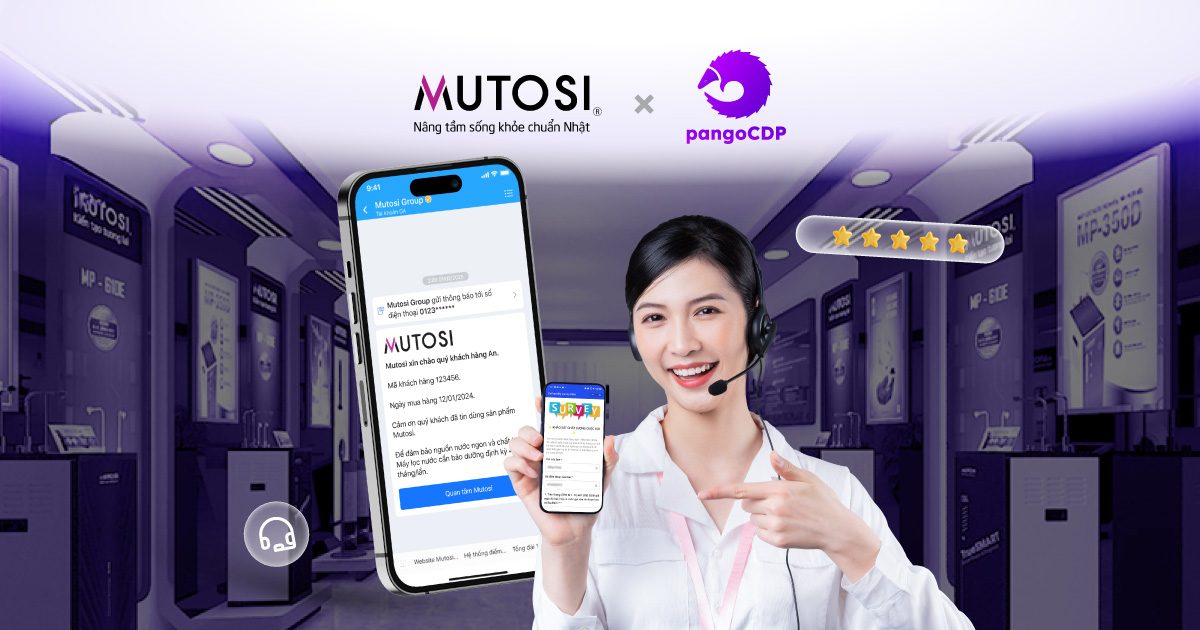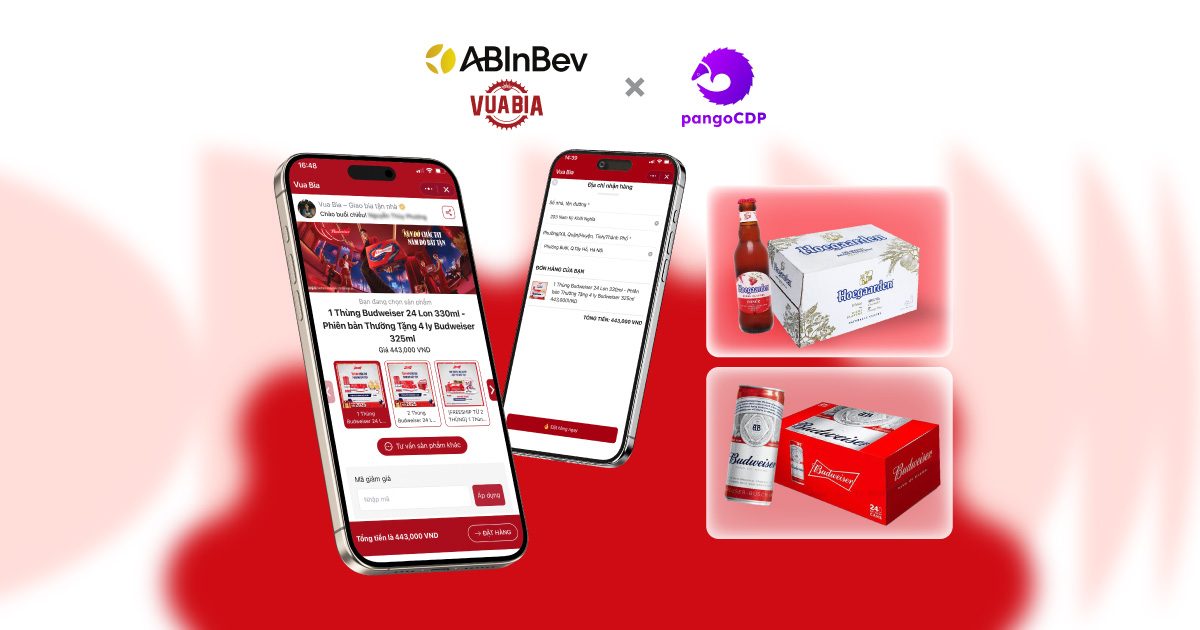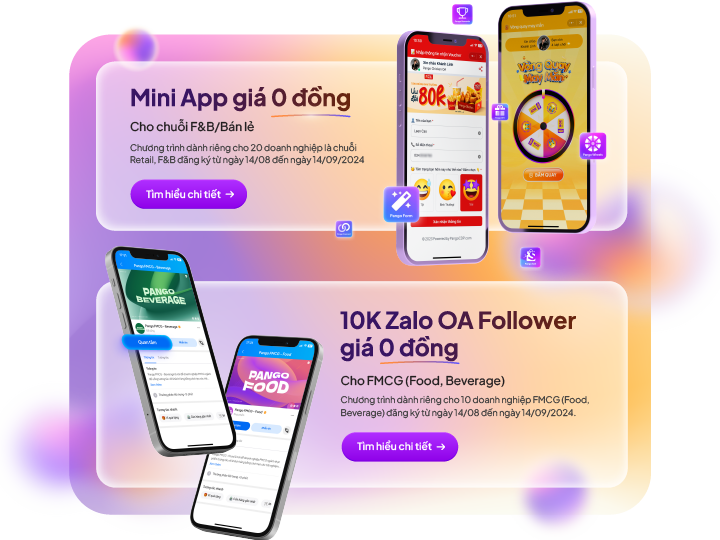FMCG (Fast Moving Consumer Goods) is a general term for businesses specializing in the production and distribution of fast-moving consumer goods, for example, processed foods (instant noodles, canned food), beverages, alcohol, cosmetics, detergents, toothpastes, shampoos, etc. When discussing the customers of FMCG businesses, we need to mention both Outlets (points of sale) and End-User (Consumers). In the previous part, we discussed Outlet data, this 2nd part, we will learn about consumer data.
Consumer data – Understanding before Conquering
Every year, FMCG businesses always have to spend media budgets with two main goals:
- Reaching new customer groups.
- Strengthening brand image in the minds of customers.
Large media platforms (Facebook, YouTube, TikTok) usually take up a significant portion of this budget.
Reaching customers through the above platforms is always a cost challenge, as businesses will have to spend advertising budgets to re-engage the same customers in the next campaigns, in the following years.
In recent periods, when needing to optimize advertising costs, FMCG businesses have started to pay attention to end-customer data with the desire to create campaigns that reach the right target customer groups. They are also gradually aware of the need to build an interaction channel with this audience instead of sending mass, unfocused advertisements.
However, not all FMCG businesses fully grasp this concept. Manufacturers with products priced below 200,000 VND often focus on campaigns aimed at increasing brand awareness and widespread product introduction. Only a few brands consider how to collect consumer data for customer care, such as in the dairy industry.
We know that the value of a milk order is usually high, from 300,000 to more than 1,000,000 VND for formula milk. Therefore, dairy businesses have long recognized the role of data in customer interaction and care, essential for business development and sales growth.
For example, when understanding the data of mothers in the family, the brand can build a care journey for them from pregnancy to child-rearing. During pregnancy, the brand can introduce milk for pregnant women, supplementing nutrients for mother and baby in the period of 1-3 months, 3-6 months, 6-9 months. When the baby is born, the brand offers product lines for babies from 0-6 months, from 6-12 months, from 1-3 years old…
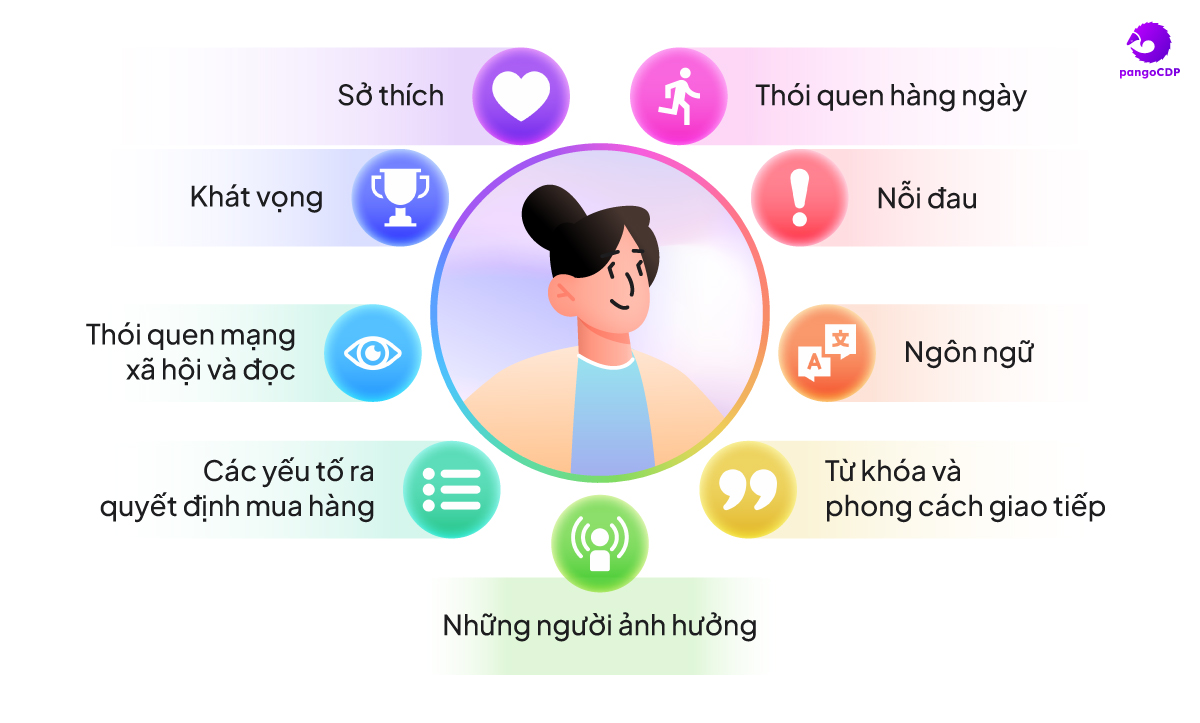
Obviously, in order to build a highly effective interaction channel, businesses need to pay attention to data before focusing on the story of how to build an interaction scenario, what interaction channel is. However, consumer data for FMCG businesses is mainly anonymous.
To tell a connection story proactively, convey a clear message and give an appropriate product roadmap, the brand must truly understand customers based on data.
When consumer data is anonymous
It can be seen that collecting data of FMCG through advertising campaigns helps increase brand awareness on digital platforms. However, this data is often anonymous (online data – unknown customer contact information) and stored for the purpose of re-engaging customers in future campaigns.

Anonymous data (online ID) is often provided by advertising platforms such as Facebook, Google, Tiktok. However, FMCG businesses do not really own this data. The main reason for creating online IDs in advertising platforms is to serve the purpose of re-engaging customers on those platforms. Even if businesses have the opportunity or conditions to store online ID data, using it to re-engage customers is often constrained by complex platform regulations.
The desire for data ownership of businesses stems from the fact that the cost of advertising platforms is always very high, almost unlikely to be optimal in the cost structure of the businesses. According to the Vietnam E-Commerce Association (VECOM) released at the Online Marketing Forum in 2022, total spending for online marketing platforms (digital marketing) in Vietnam was around 2.5 billion USD, approximately 50,000 – 60,000 billion VND.
Businesses also have many methods to convert a part of anonymous data into identifiable data (email, phone number…). One of the common methods is to encourage customers to register for emails and phone numbers to receive rewards and promotions. However, this method still has many limitations, such as the percentage of registered users is not high or after having email information, phone numbers, businesses still have difficulty in maintaining interaction with customers. Another limitation is that it is difficult for businesses to verify the accuracy of these data, customers can completely enter a fake email and phone number. The process of verifying phone numbers via OTP often consumes more of the business’ budget and does not optimize the customer’s experience (waiting time for OTP).
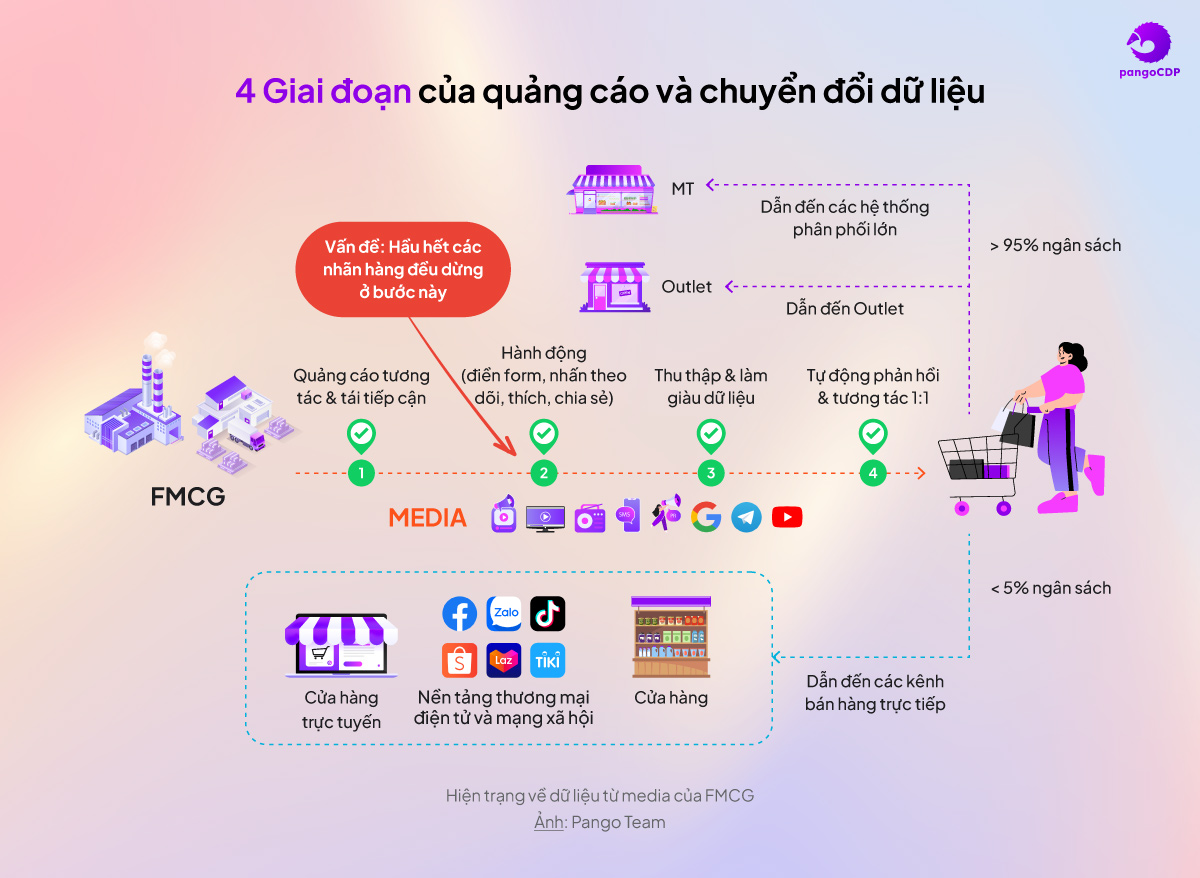
One of the important goals of businesses when investing in customer data collection is to gradually shift the media budget of advertising platforms to direct interaction channels to be able to optimize advertising costs.
Despite investing in customer data management systems such as CRM, the way to use the data collected to improve interaction and customer care is still a big question.
Advertising agencies excel at creating emotional content, attracting and reaching a large number of customers and creating interaction. However, their task is only generating Lead (potential customers interested in the business’ products), while processing this data completely depends on the brand’s customer care strategy.
This creates a big challenge when the brand always requires lowering lead generation costs for the next collaboration. That is why not only brands, but also Digital Agencies (digital media services companies) need a strong customer data management system to collect, accumulate and classify data in a scientific and reasonable way. Businesses can take advantage of this collected data source to personalize advertising campaigns, thereby improving efficiency and cost optimization.
To collect and use all customer data proactively, especially anonymous data, businesses need a system like CDP (Customer Data Platform).
FMCG businesses need identifiable data to continue interacting with customers
Anonymous data is mainly used to find out the behavior of customers on the website and identify advertising sources. However, anonymous data is still not enough for businesses to fully understand customer behavior.
A platform like CDP (Customer Data Platform) can help businesses merge anonymous data and identifiable data into one, such as data from online (cookies) will combine with identifiable data such as phone number, Zalo ID, MoMo ID to provide businesses a complete view of the customer.
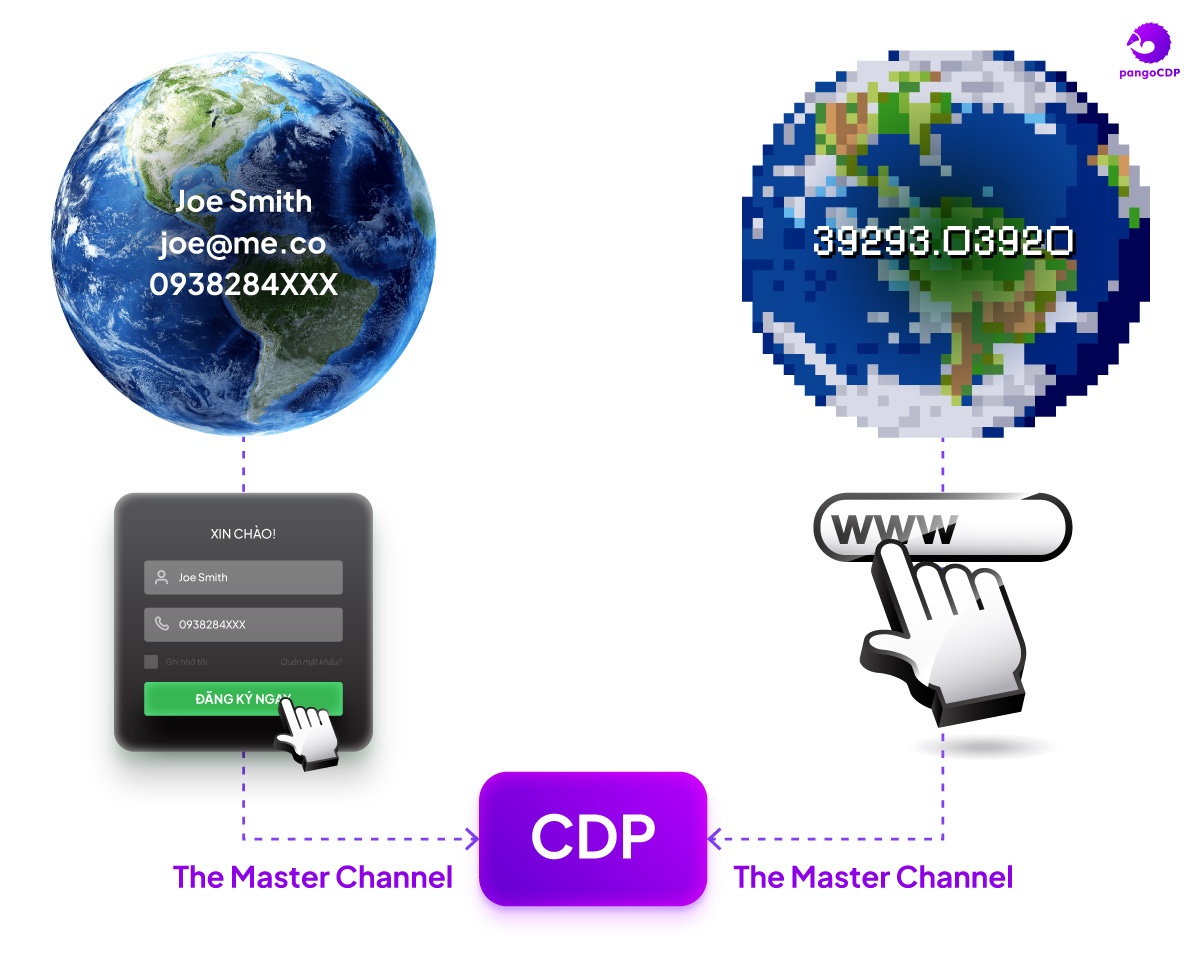
The next story is how to take advantage of this data source effectively? Instead of redirecting customers to the website or re-engaging them through advertising platforms that are costly and troublesome for customers, businesses need to lead them to a main interaction channel (The Master Channel). This is where customers receive the most comprehensive care with personalized messages and many interesting experiences. From there, the difference is created when businesses not only “understand” customers but also ”interact” most effectively.
For example, if there is only a phone number, even though the business understands customer behavior, it will only be able to interact by calling. This method is very difficult because the cost of maintaining the Call Center (customer care center) is not cheap. Despite the investment, Call Center can only reach a very small part of a FMCG company’s large customer base. If interacting via texting, sending advertising messages is also difficult due to the strict regulations of the network providers, the acceptance rate of incoming calls is not high due to customers’ concerns about fraud. In addition, this interaction method does not create a two-way interaction effect. Not to mention that calling and texting can’t be done frequently because it will annoy customers. Therefore, after a few weeks or months, this data will become cold. Even if the customer care team calls or texts again, customers will rarely respond because they no longer remember any previous interactions with the brand.
However, when implementing The Master Channel on the Super App platform, businesses can interact with customers at a much cheaper cost than messages. The interaction is also vivid, not just monotonous phone calls or text messages. Businesses can warm up relationships with customers through loyalty programs, games with many incentives… These interactions can also continue back and forth without additional costs if customers proactively interact with the business.
So how to attract customers to The Master Channel – OA?
You can run a campaign “Introduce friends to follow brand’s OA to receive a reward”. Just by clicking the “Follow” button on the OA, customers will be able to participate in the program. Then, if they invite 5 friends on their friends list to follow the OA, customers will receive a gift. Through this campaign, the brand will connect with this customer right on the Super App platform (via Super App ID UUID) and have five more friends of this customer.
With The Master Channel, the next interaction journey between the business and the customer will not be interrupted halfway.
With The Master Channel as well as data source and the interaction channel already available, the next thing businesses need to do is build a strong connection with customers.
Consumer data from Activation (Offline)
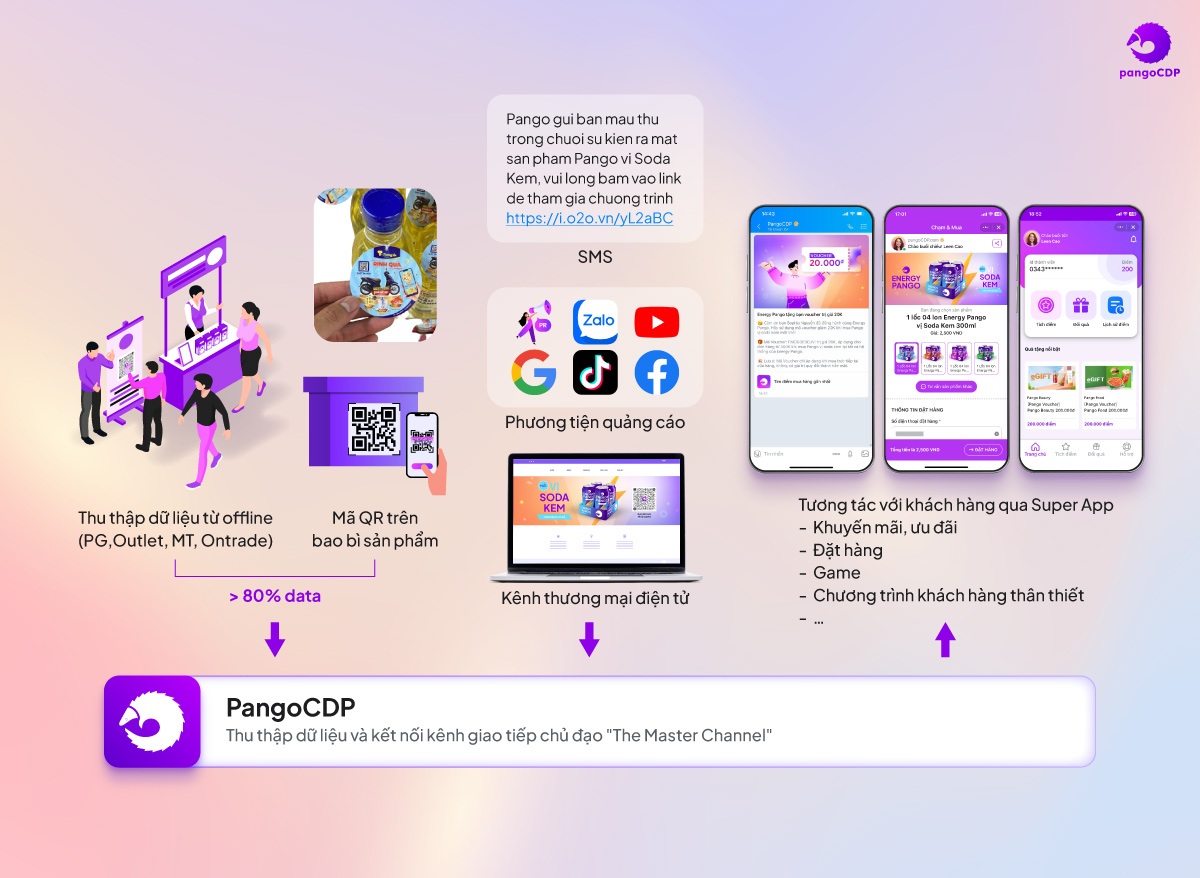
Simply put, Activation involves activities and experiences created for attendees to interact with the brand. Brand Activation activities often take place at malls or supermarkets, where a large number of customers gather and the shopping demand is almost highest.

Common Activation activities can be mentioned as:
- Activation experience marketing: Customers can directly use products and services under the guidance of a female marketing officer (Promotion Girl – PG). The ability to convince customers to buy products from this form is quite appreciated.
- Activation of sample distribution (Sampling): Customers receive sample products to try right at points of sale, stimulating the product experience and shopping.
- Activation of promotion: This activity includes organizing games such as lucky wheels, lucky draws, discounts… in order to attract and promote the brand, products or services.
In the process of collecting consumer data, businesses should not ignore the data source from Activation activities, which are very diverse from different customer files. Through Activation activities, the data collected often includes personal information, needs, shopping preferences or customer feedback on products and services.
Obviously, the data from the Activation channel is extremely large (because the brand implements a lot of activities every year) and plays an extremely important role in helping FMCG businesses understand customer behavior, measure effectiveness and optimize campaigns. However, the process of collecting data often takes place manually, inaccurately, making decisions that can be ineffective.
To improve this, how did the major FMCG brands do?
Not only data exploitation strategies, but also detailed marketing campaign implementations for businesses based on data orientation and much new knowledge around The Master Channel will be presented in detail in The Main Interaction Channel – The Master Channel, Volume 1.
Six chapters of the book will guide readers through the impressive development journey of interaction methods between businesses and customers.
From the most primitive forms to multi-dimensional interactions in the smartphone era, the book will present successful stories along with leading global brands in boosting revenue by enhancing customer experience, explaining the success of The Master Channel concept when applied at two leading Vietnamese companies, Nutifood and CellphoneS.
The book is now available at Fahasa, Phuong Nam, Hai An, Ca Chep bookstores, and online at 24h bookshops and e-commerce platforms like Tiki, Shopee, and TikTok Shop. You can also quickly order the book here: https://i.o2o.vn/H767


